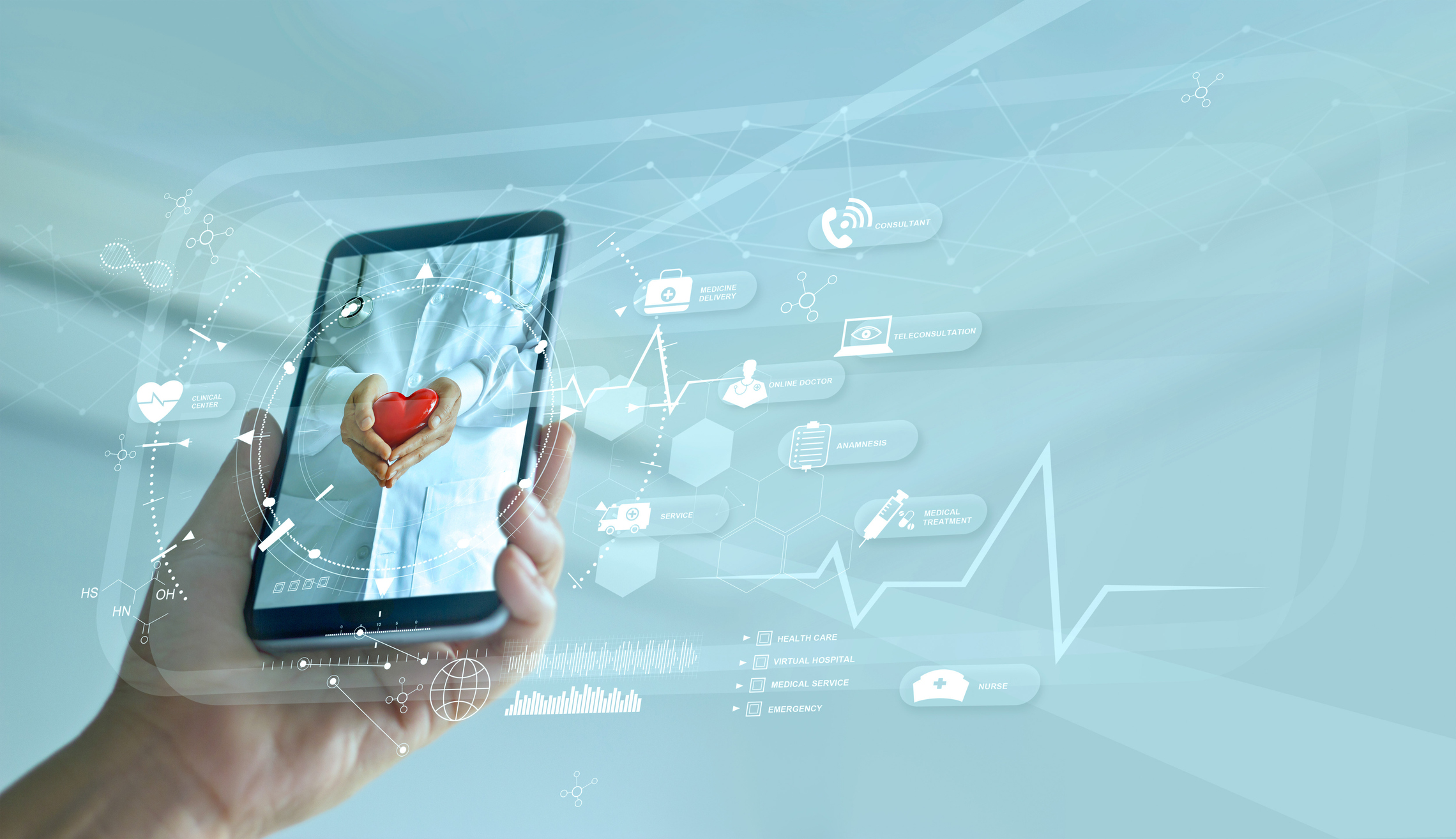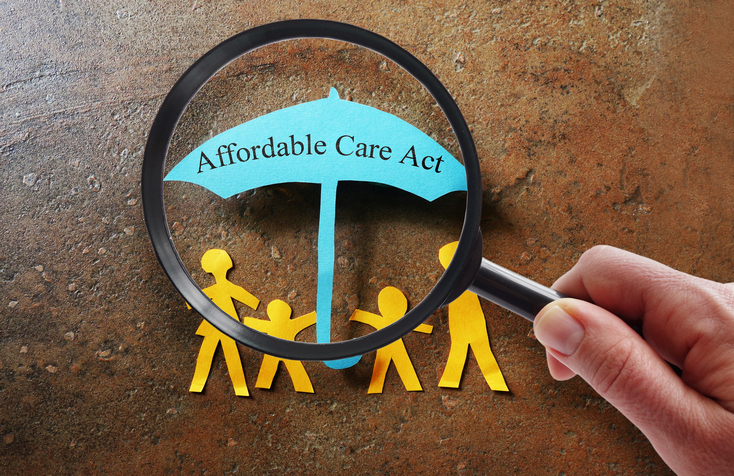
Call it the healthcare industry’s white whale. In an ode to Herman Melville, healthcare practitioners and advocates know they’re up against an almost insurmountable task: conformity.
Data science tells us what we need to know about medical handoffs and how clinical teams can avoid devastating circumstances like errors and malpractice. I-PASS — a groundbreaking study on patient transitions in healthcare settings — is nearly a decade old.

With the Rise of AI, What IP Disputes in Healthcare Are Likely to Emerge?
Munck Wilson Mandala Partner Greg Howison shared his perspective on some of the legal ramifications around AI, IP, connected devices and the data they generate, in response to emailed questions.
It cites five checkpoints that can reduce preventable adverse effects on patients by 30 percent — illness severity, patient summary, action list, situation awareness, contingency plans, and synthesis by receiver. While it is a helpful guide, it is not enough to solve the communication gaps that happen during handoffs. It is the equivalent of an academic textbook, while the practical application can be much different. We need health systems to improve teamwork and communication by implementing clear processes that are supported by user-friendly platforms. It’s going to require transformative leaders and advocates in government — a coalition — to fully endorse and incentivize this model.
What does this model look like? It requires the creation of a workflow and communication tool for clinical teams to get on the same page (not literally, speaking of course), with real-time patient data. You have to take paper notes and the collaboration that happens there and put it on phones and tablets. Once it’s mobile and digital, everyone has access to the same information at the same time. You also have to integrate the labs and other clinical analysis so that every clinician is walking around with the same “piece of paper” on their phone that they can update at any time.
The point is, there are new solutions available that support the necessary changes needed to improve patient care. Sadly, according to the Accreditation Council for Graduate Medical Education (ACGME), 69% of clinical learning environments do not have a standardized hand-off process (2017). Academic settings should be the first place aspiring medical professionals are introduced to the latest and greatest workflow efficiencies.
One of the biggest hurdles we still face in the widespread adoption of these technologies and techniques is the Electronic Health Record (EHR), which is cumbersome and clunky for modern medicine. While the EHR has its place in medicine, such as supporting billing and coding, technology developers must take into account the end-user satisfaction, in this case, the clinician. If that is done, health outcomes will improve for patients.
I look to the Biden administration as a partner who can help drive healthcare initiatives like this, because it will have a long-term impact on the care we can deliver to Americans for generations. Medical errors can be reduced, and it won’t take a radical overhaul of our healthcare system’s infrastructure.
Although Covid-19 will take center stage in healthcare for the foreseeable future, it’s important to be prepared for the next public health crisis, which knows no timeline and could arrive unexpectedly.
Photo: ipopba, Getty Images















